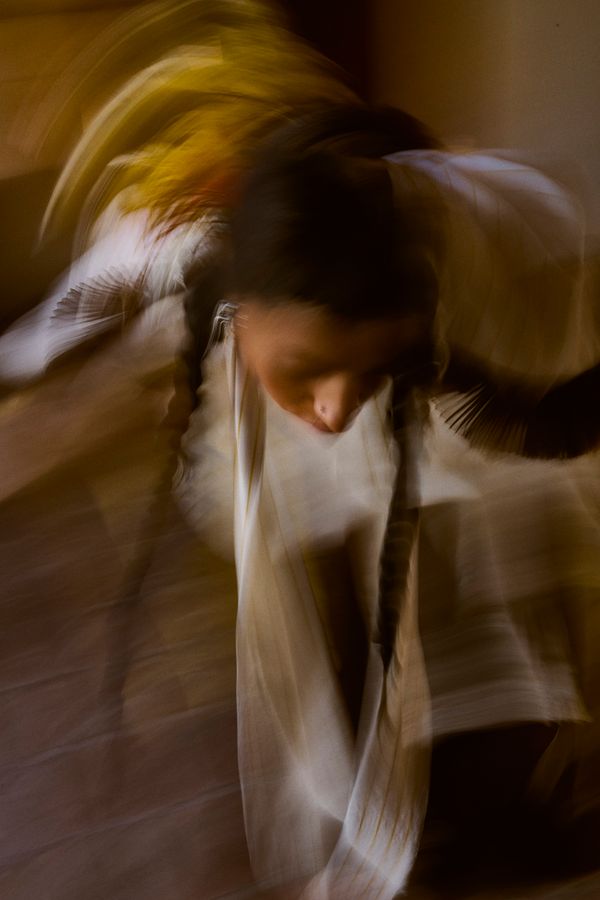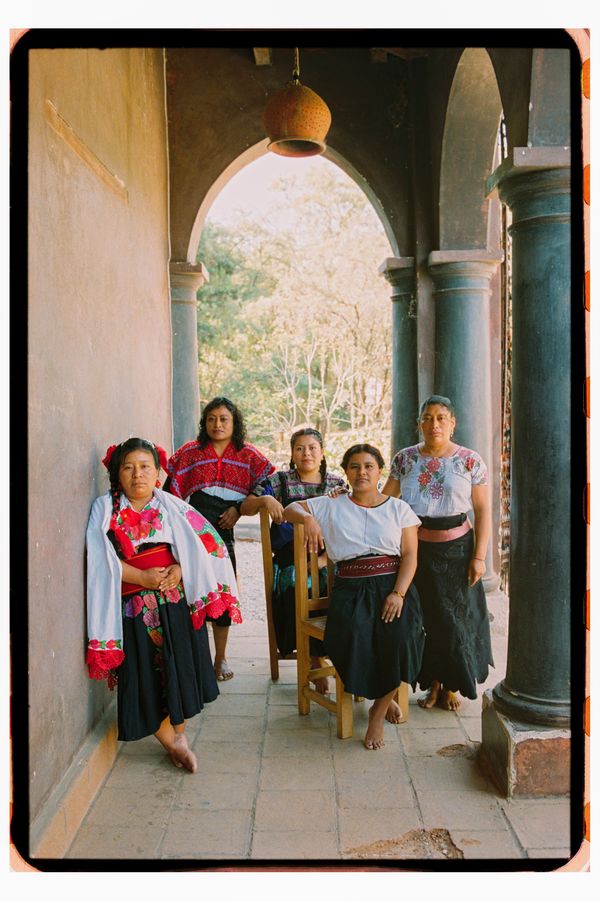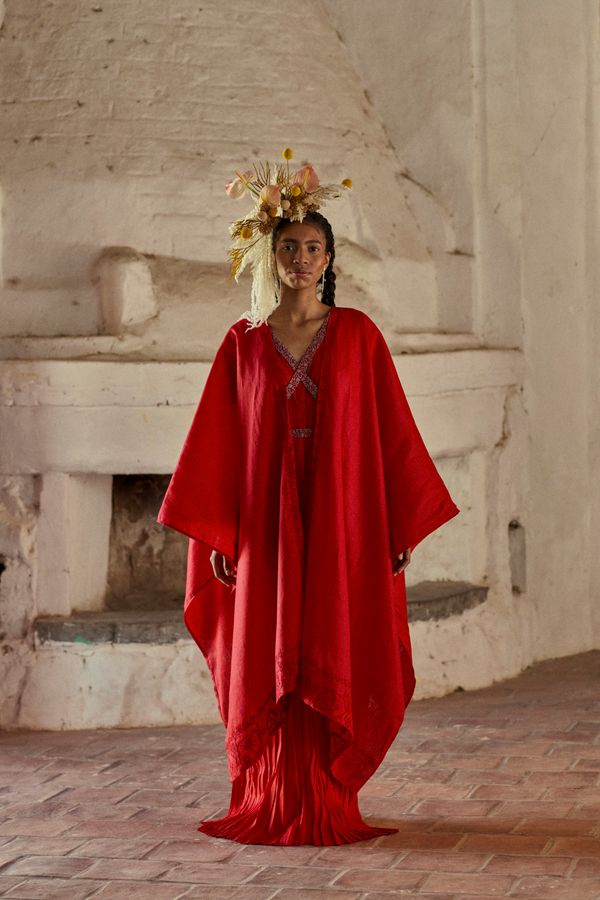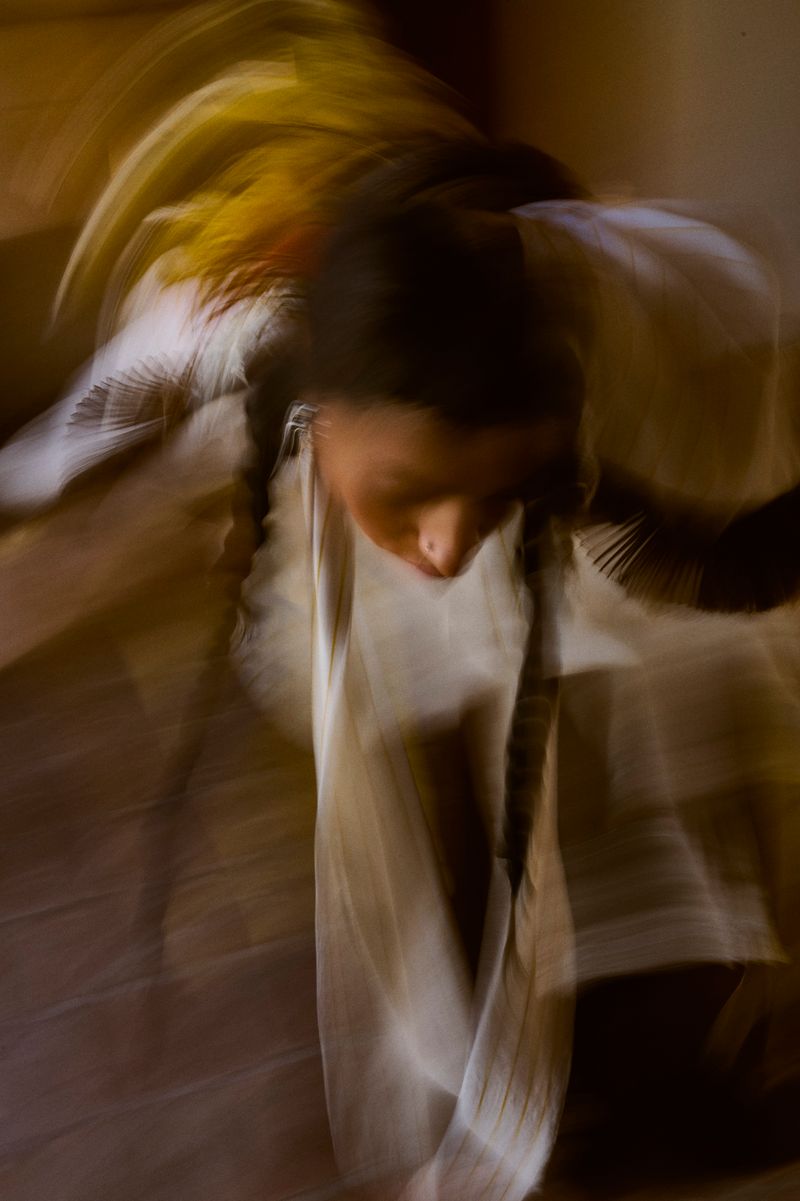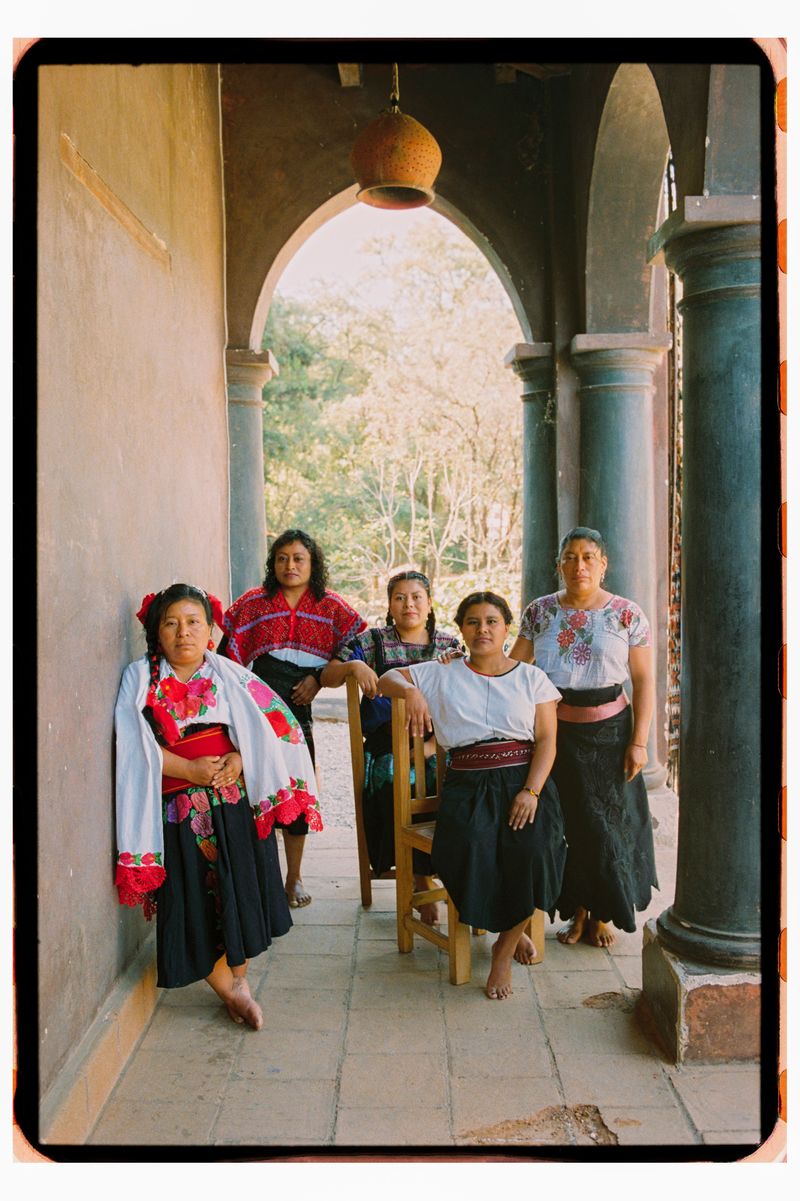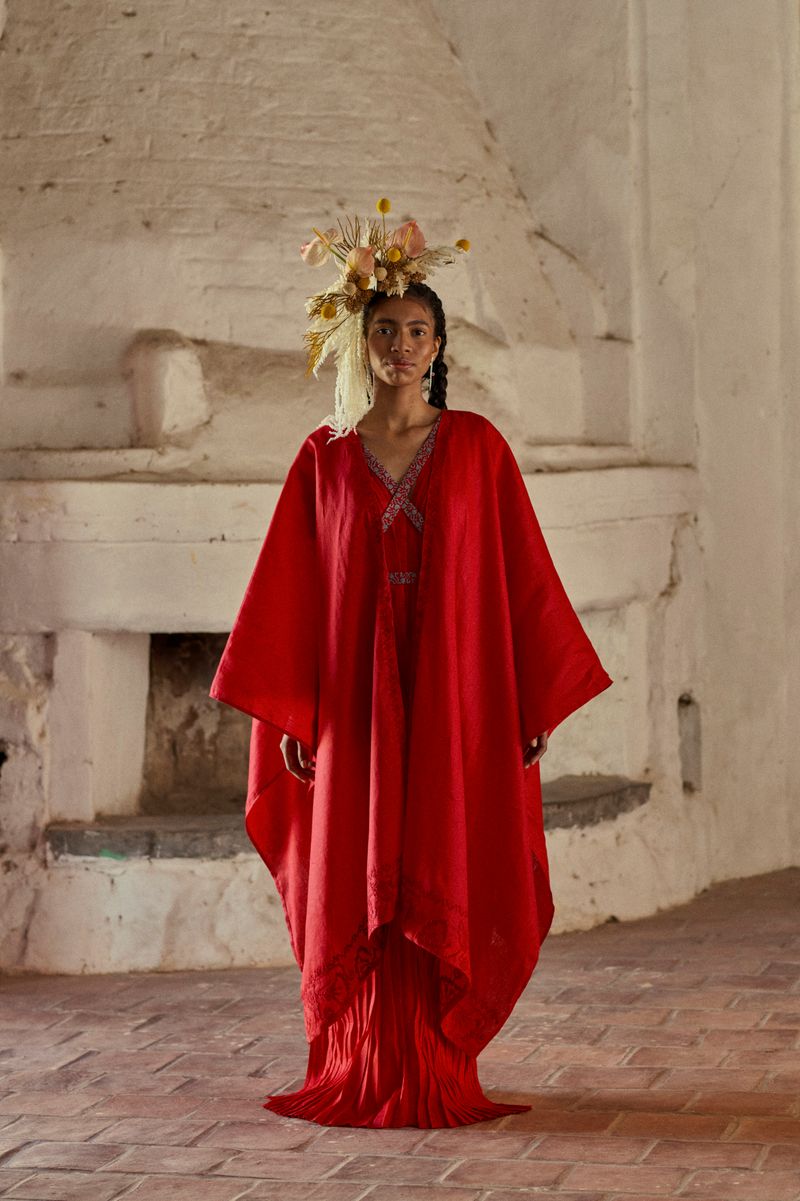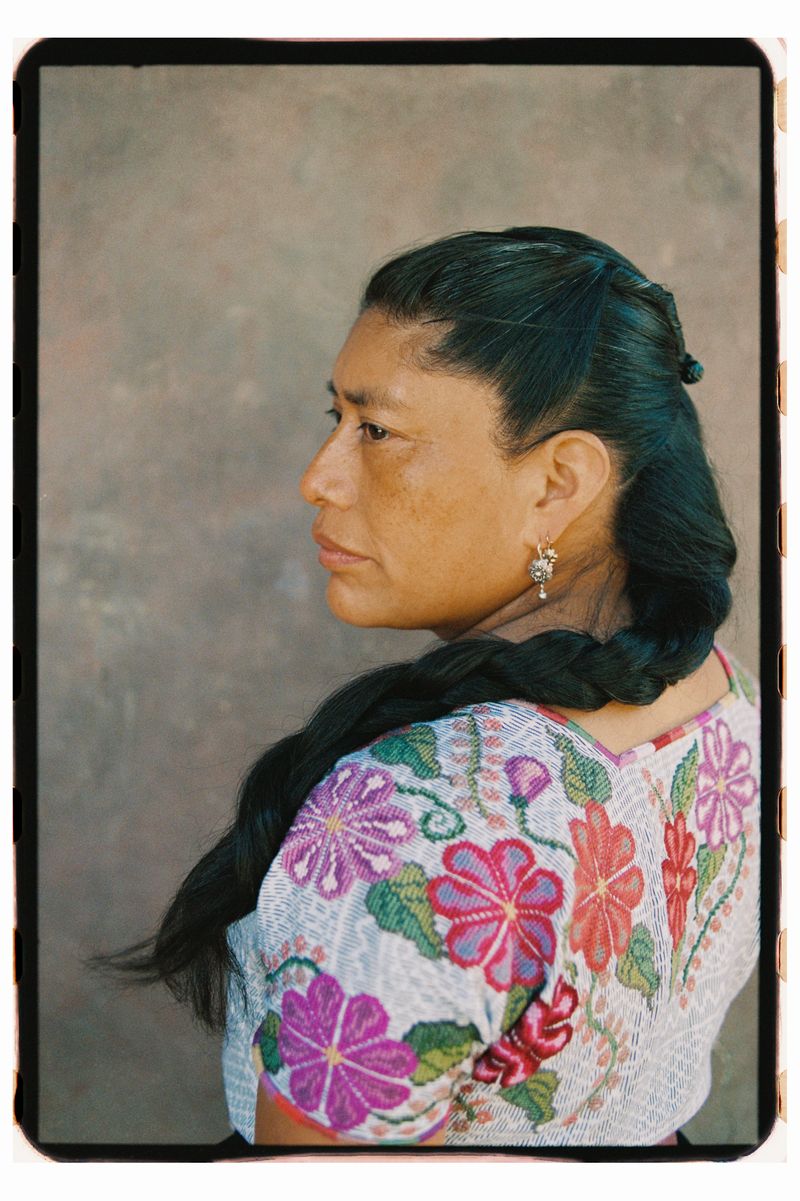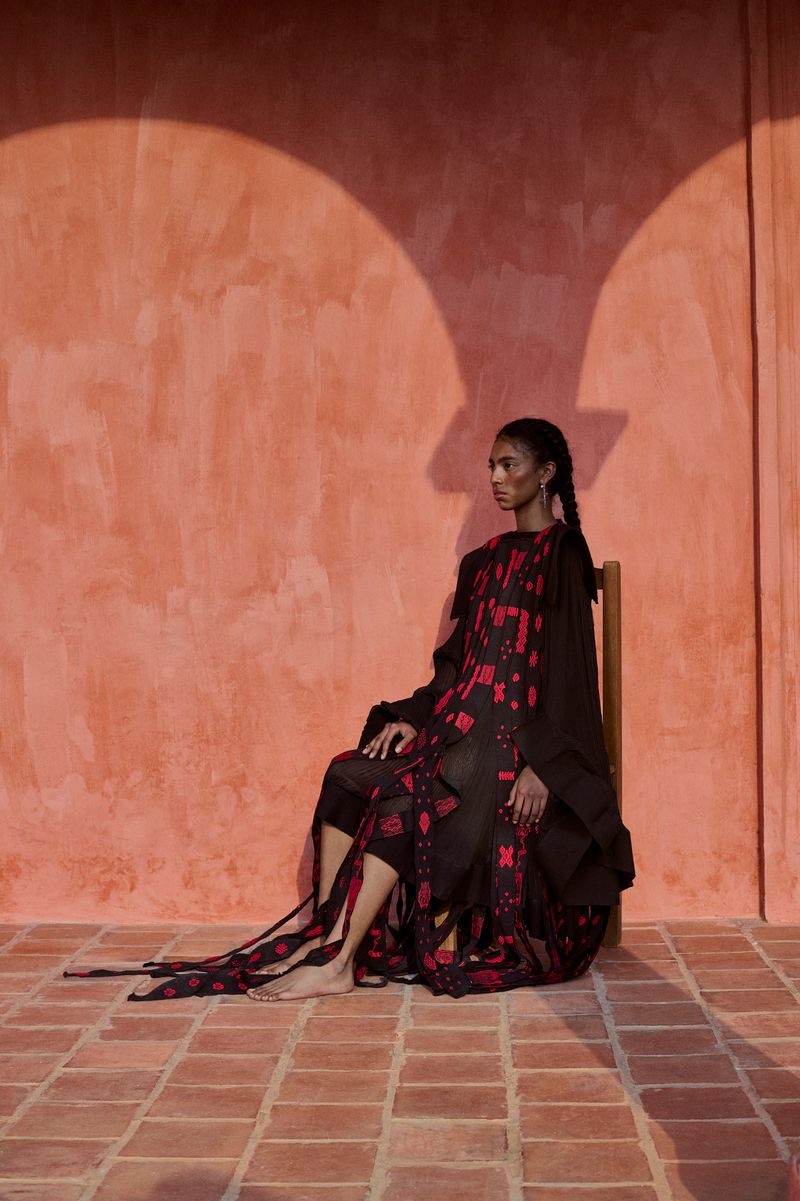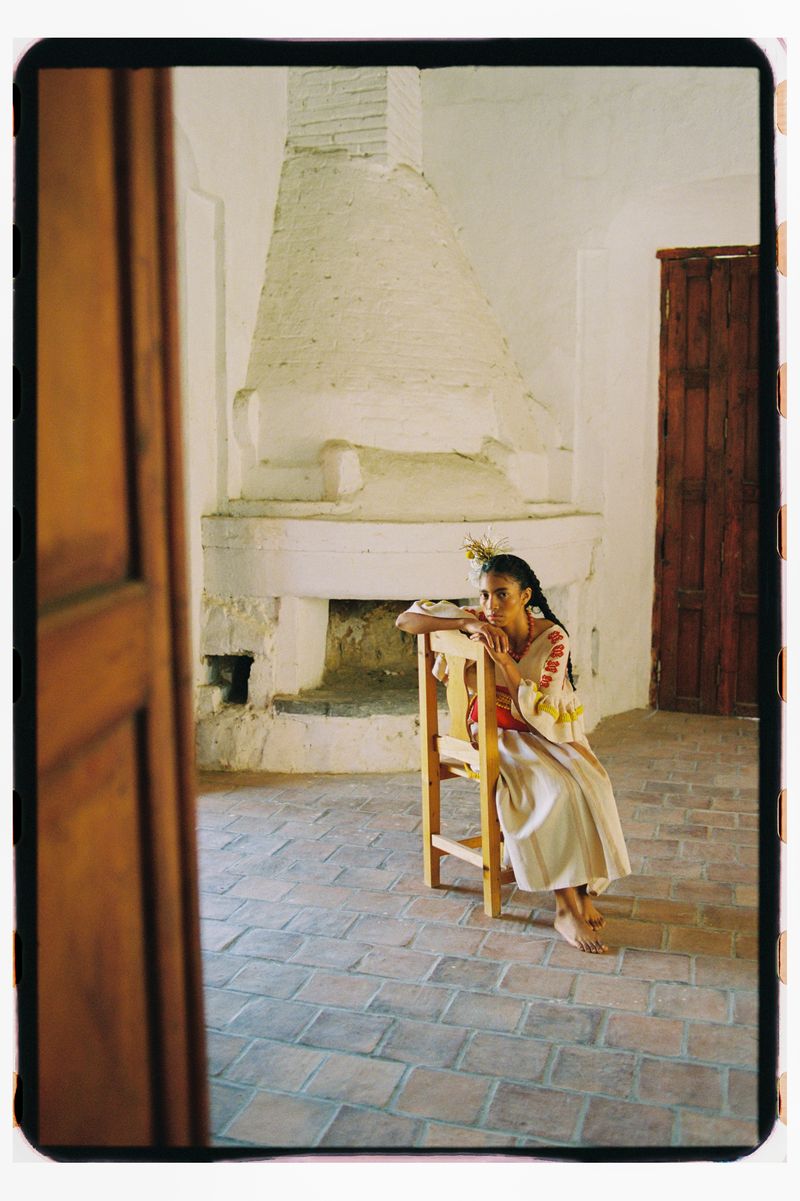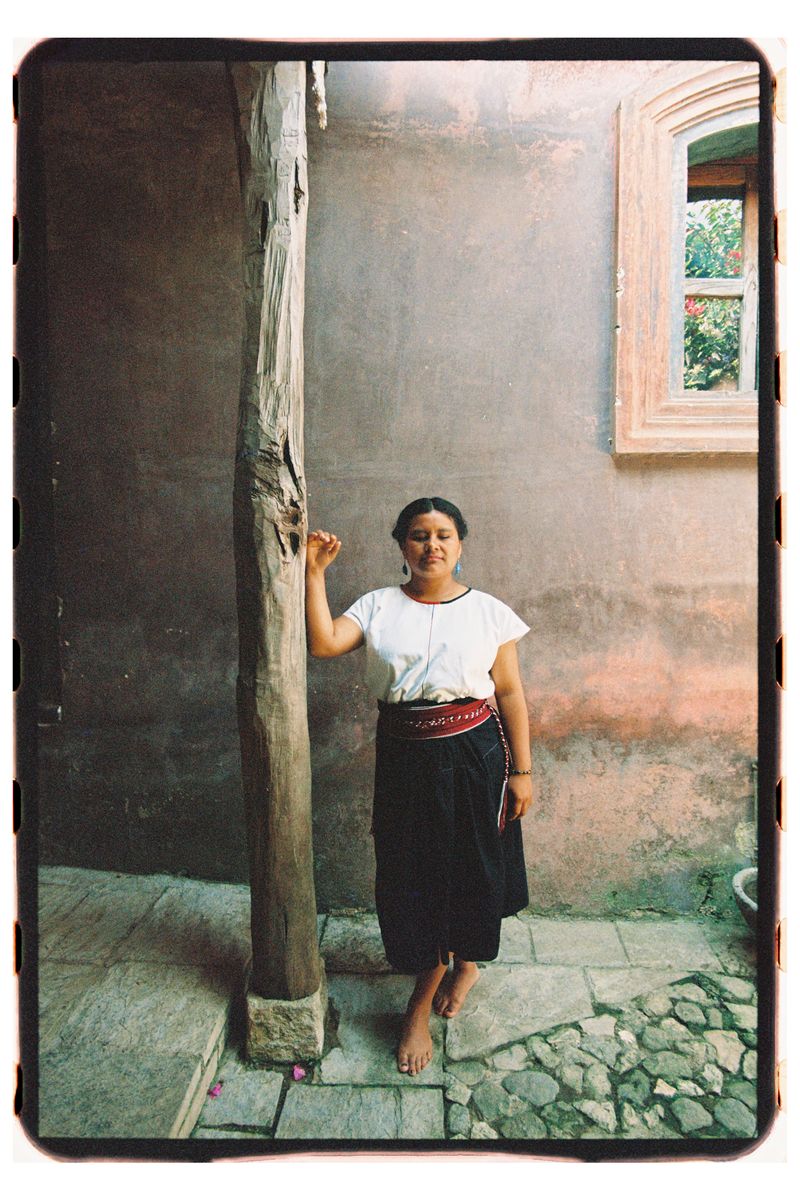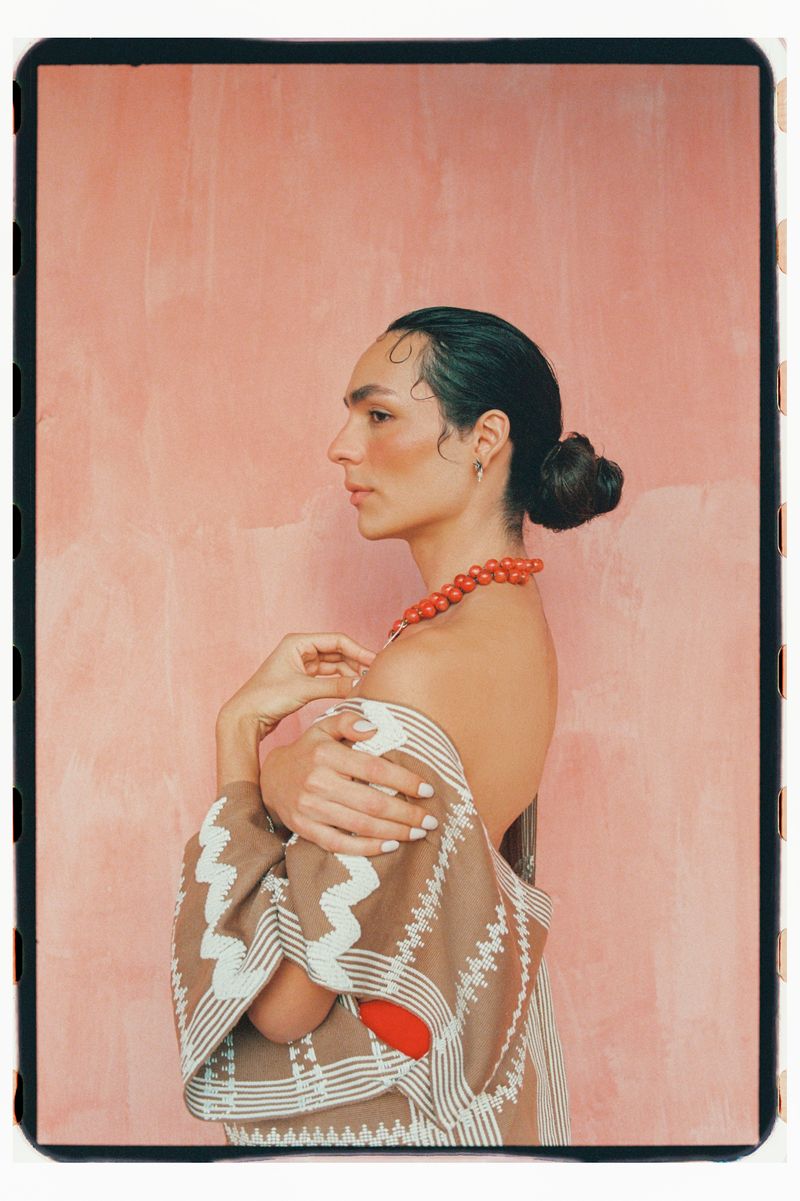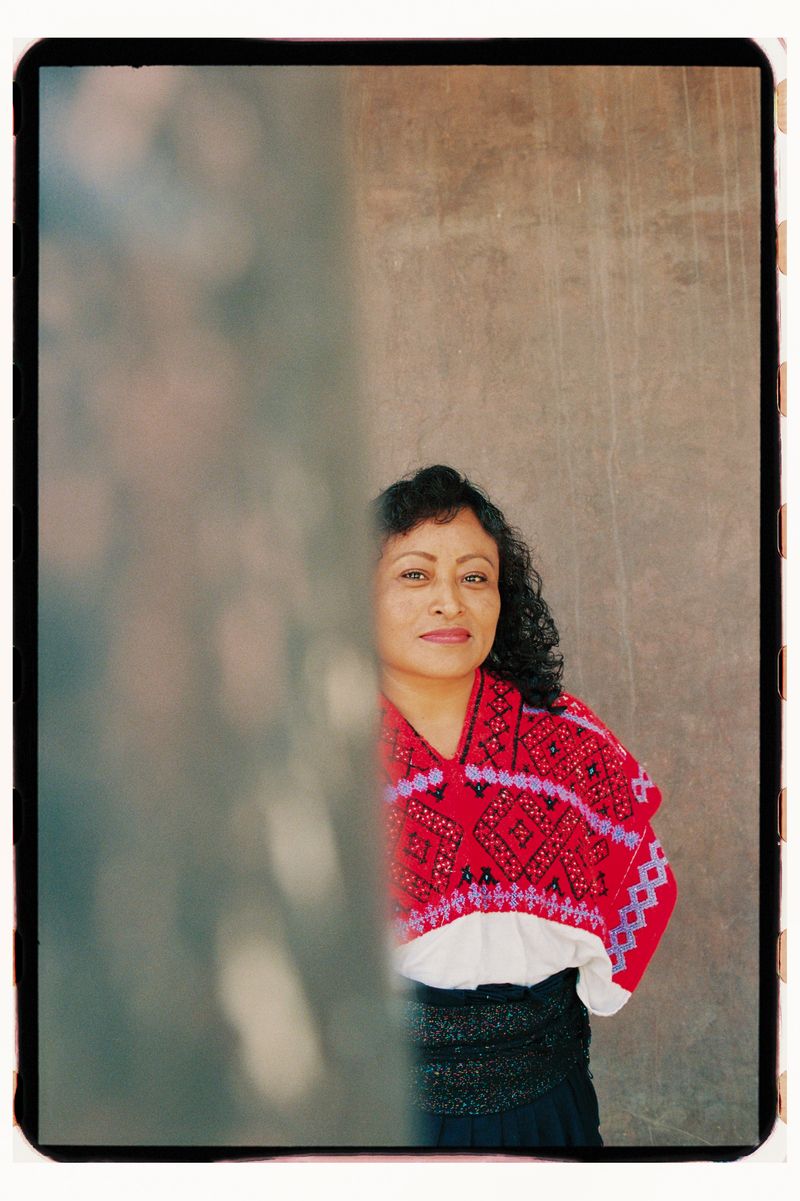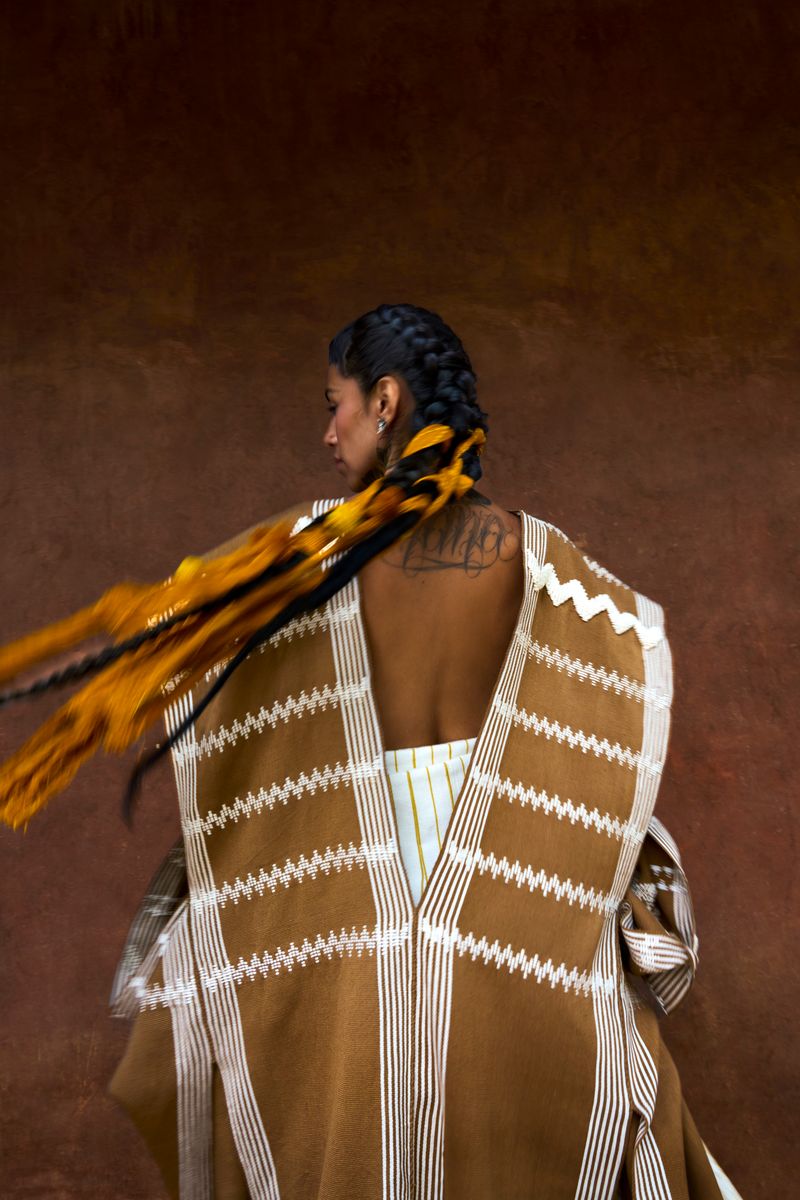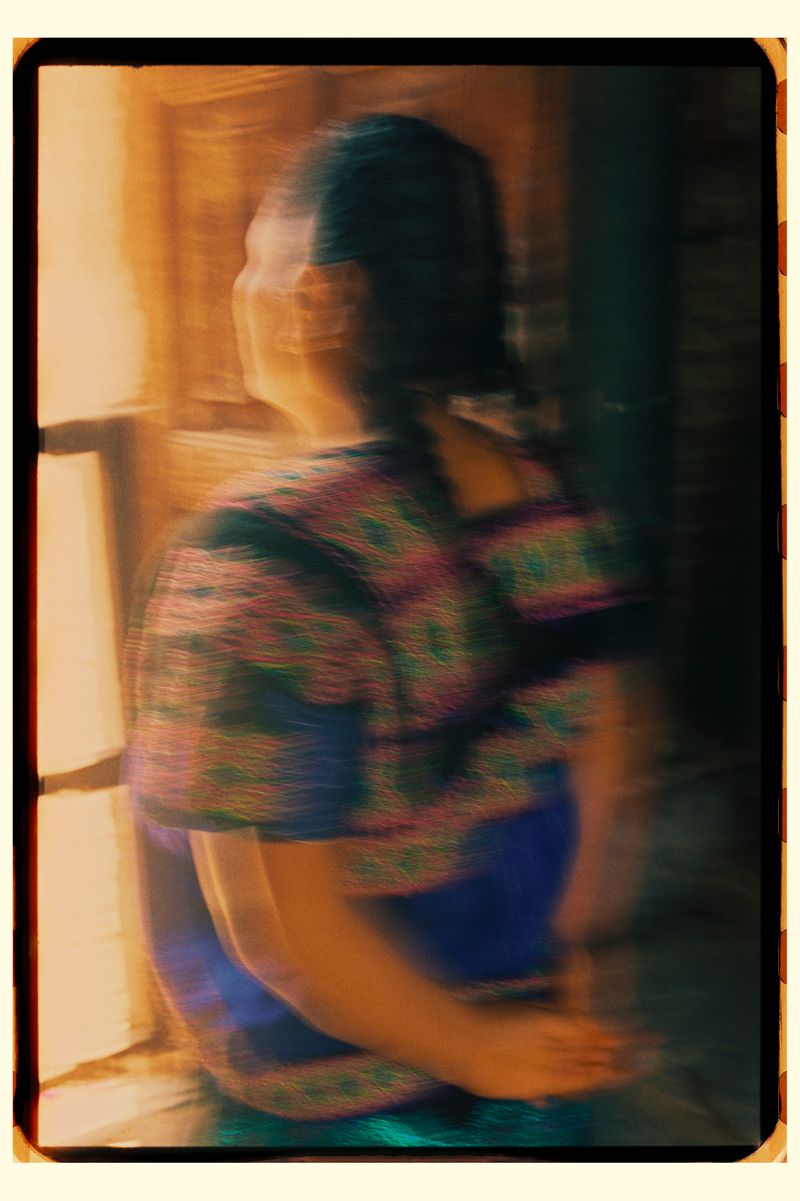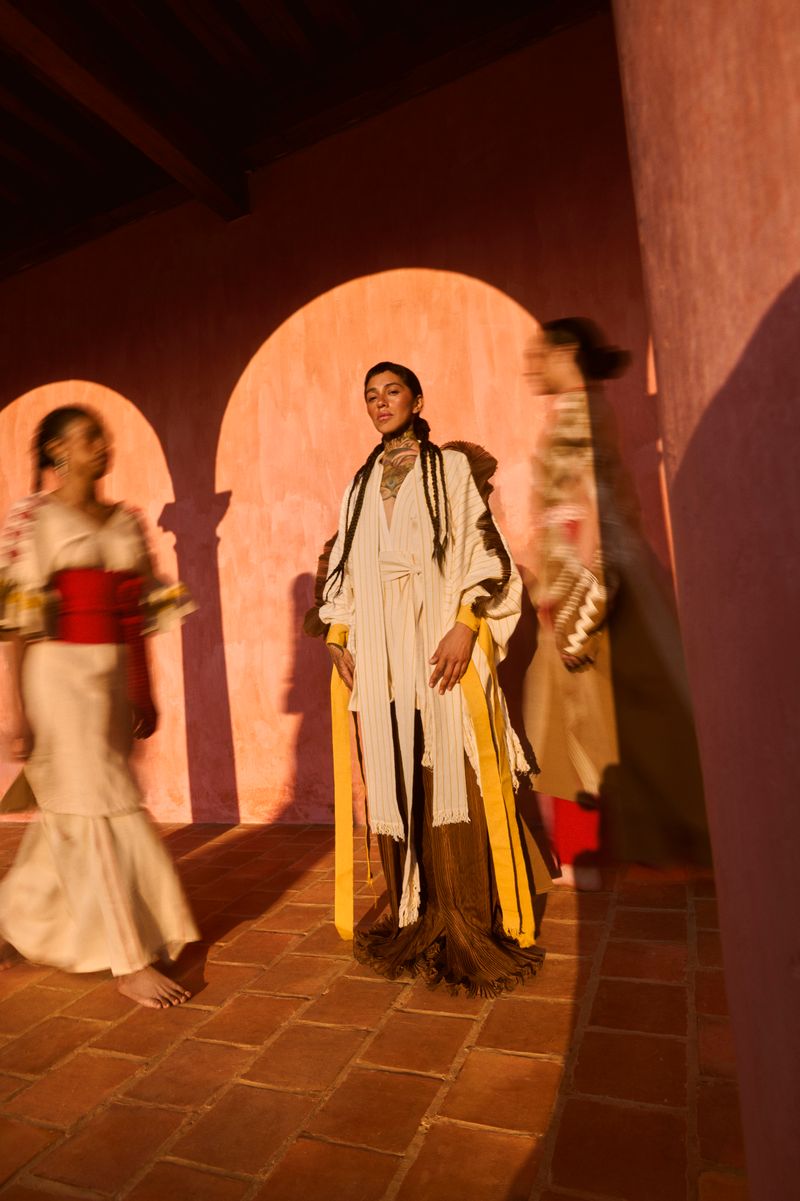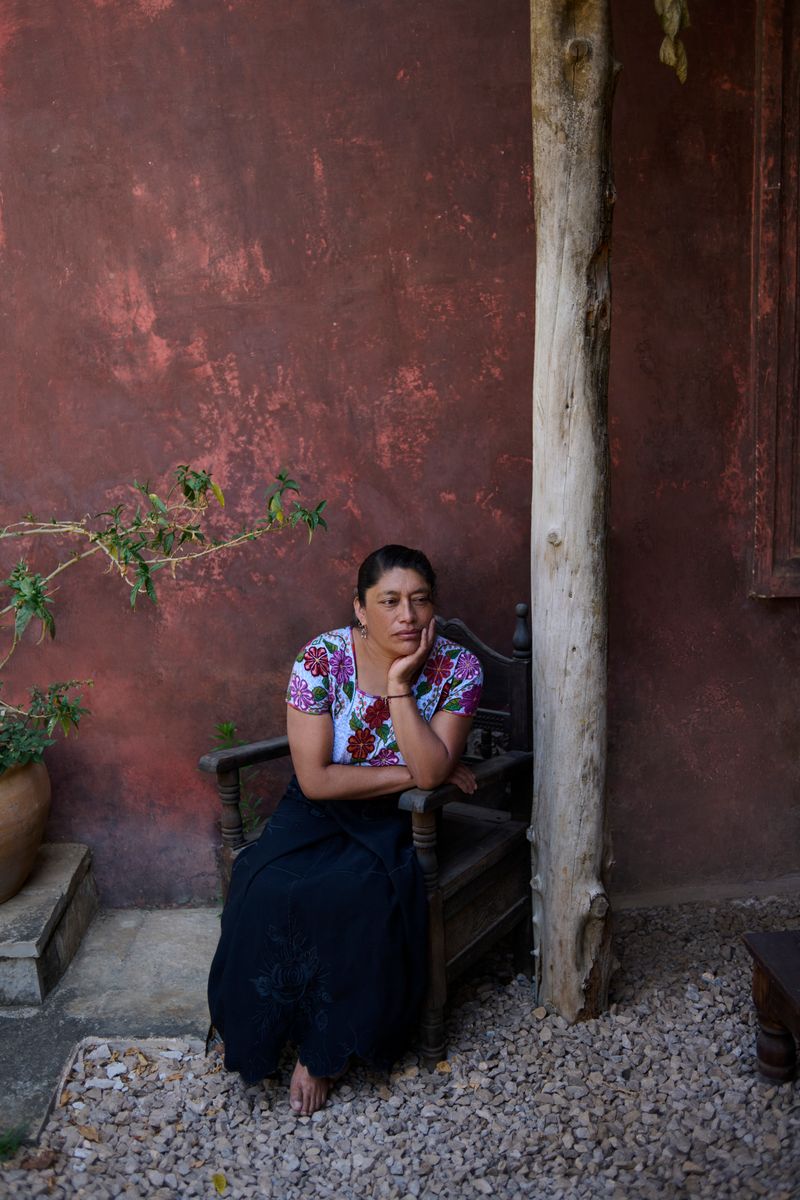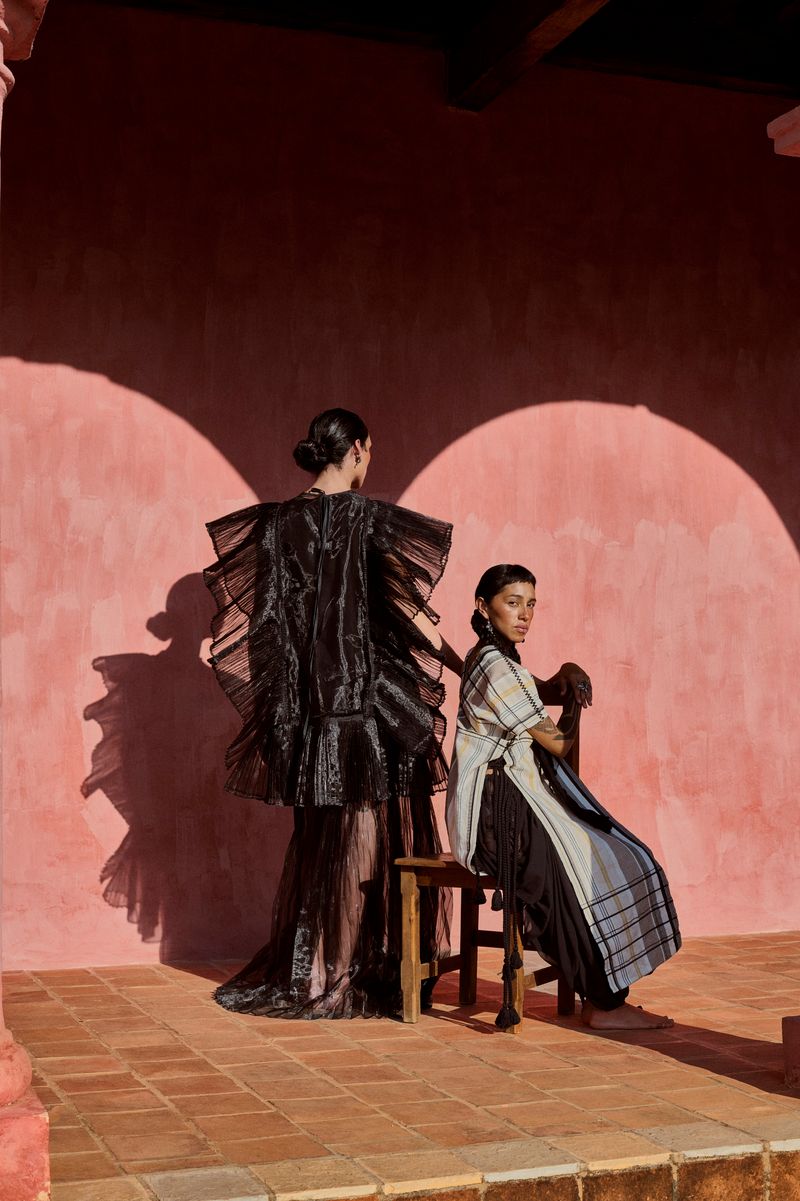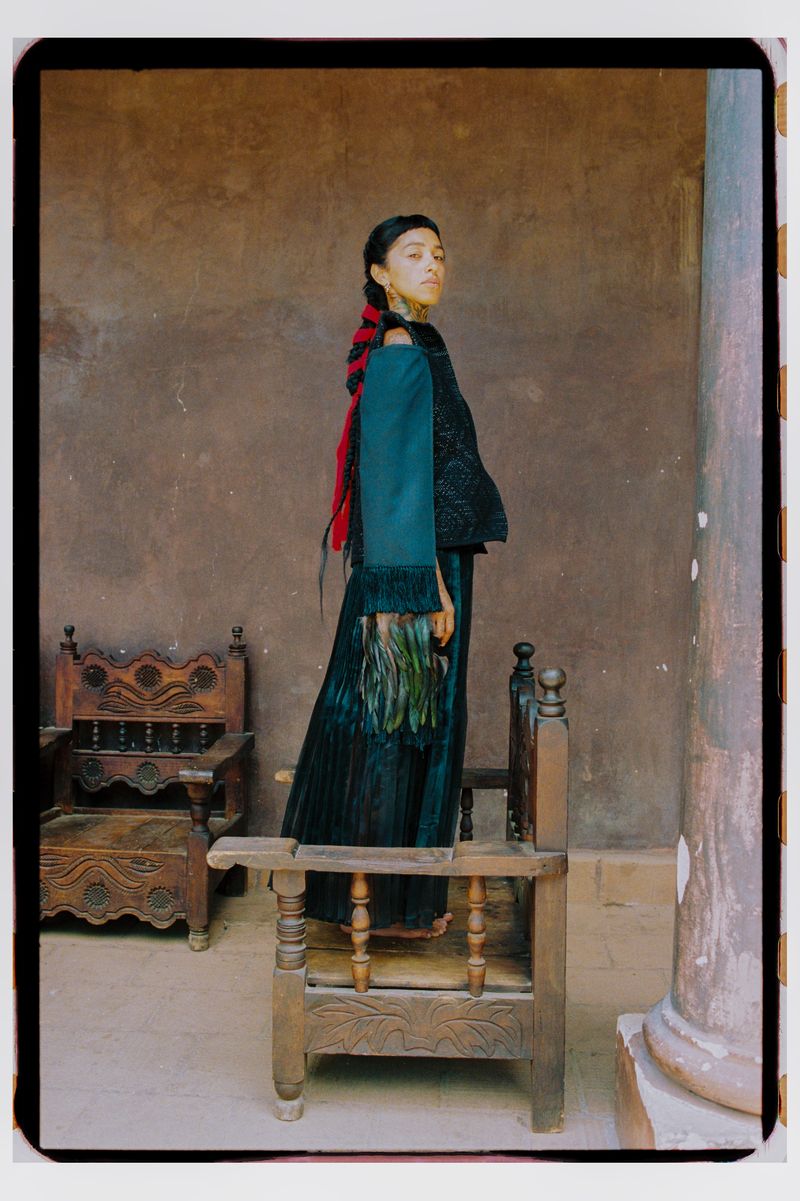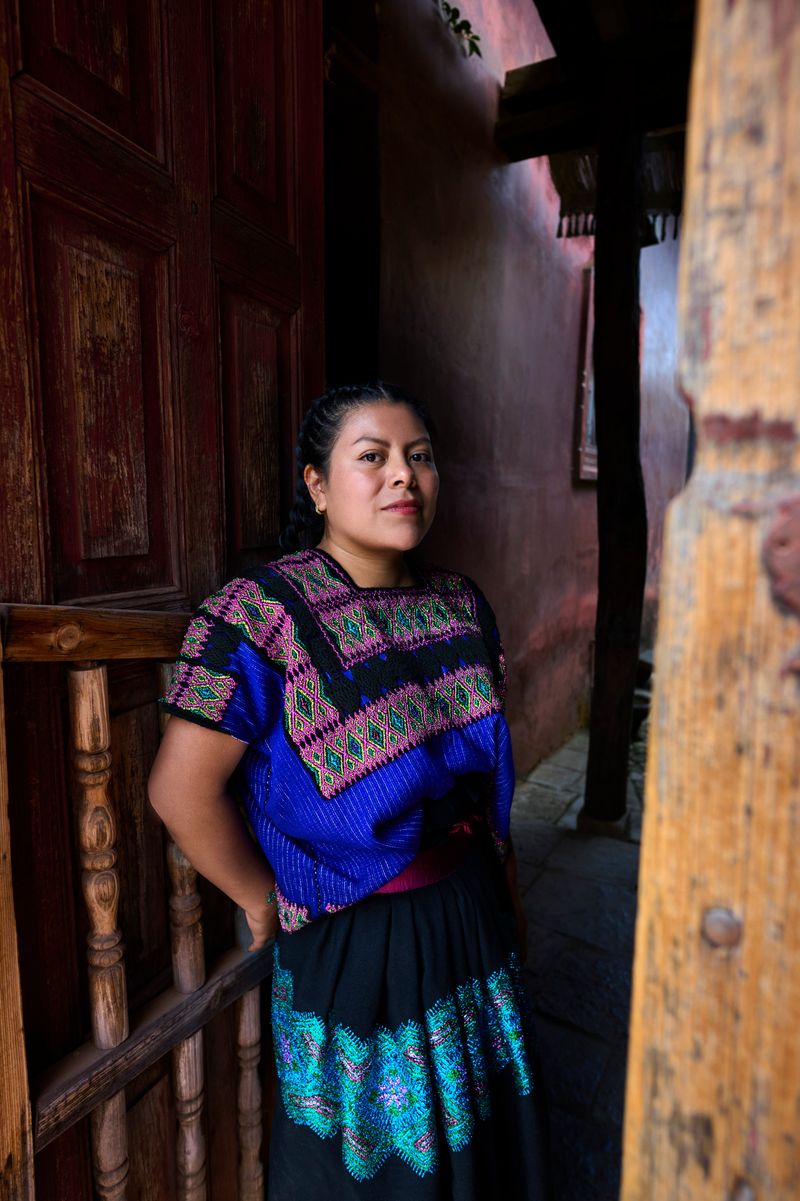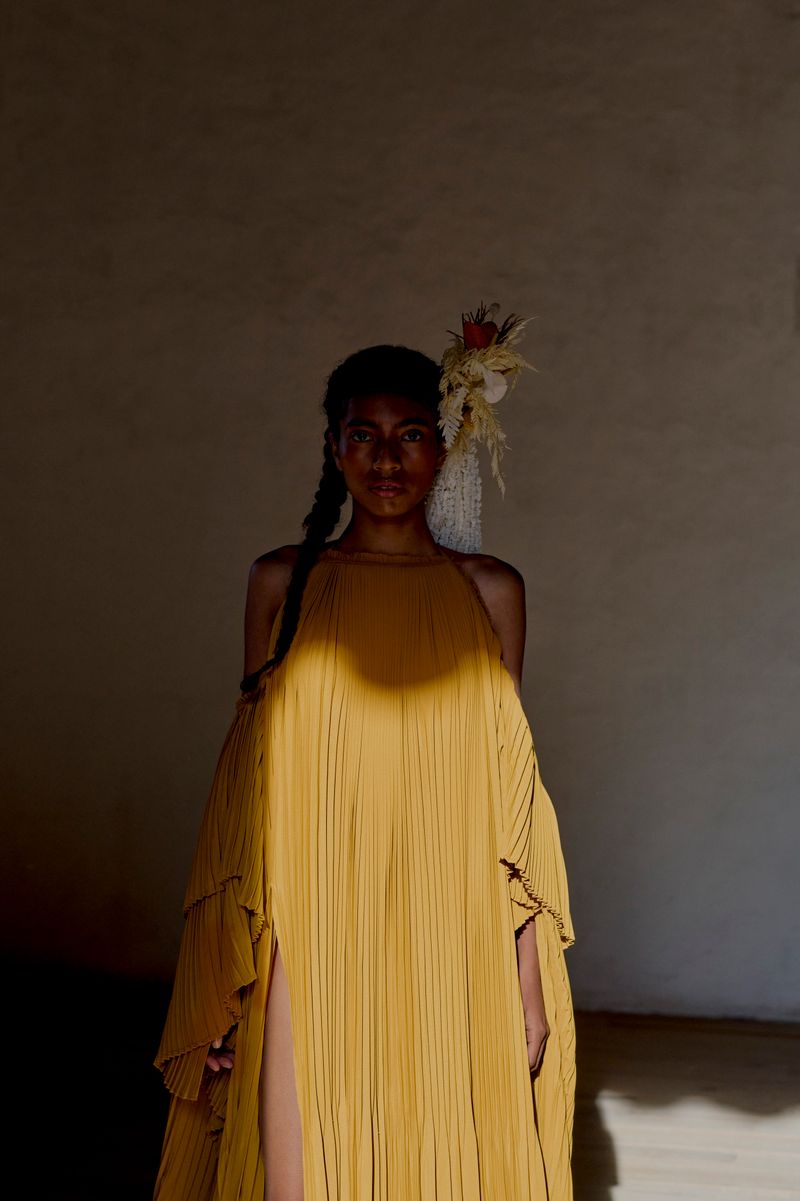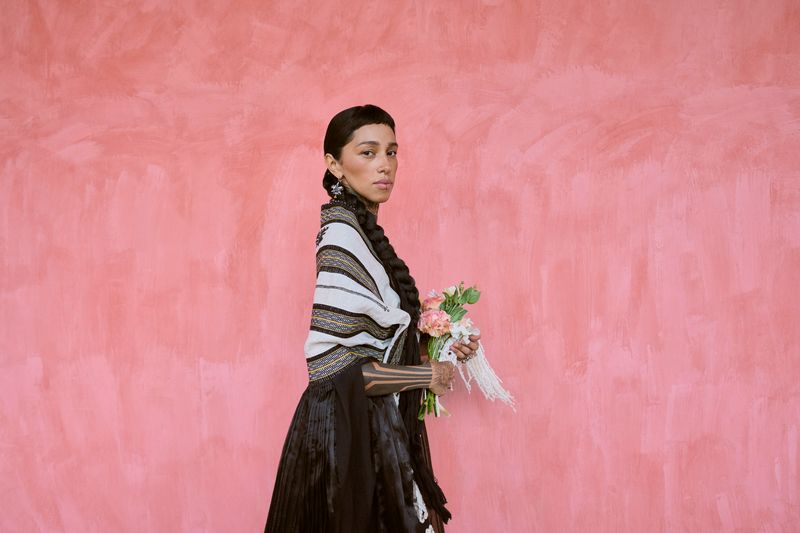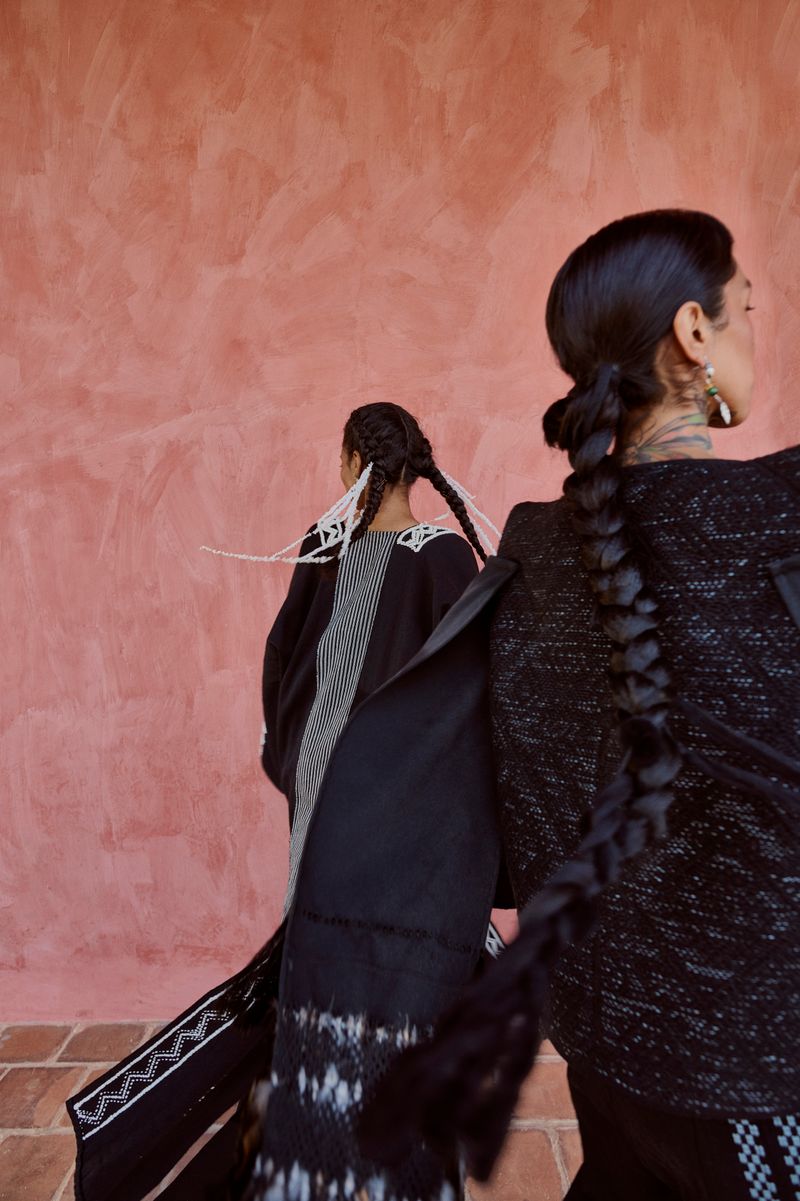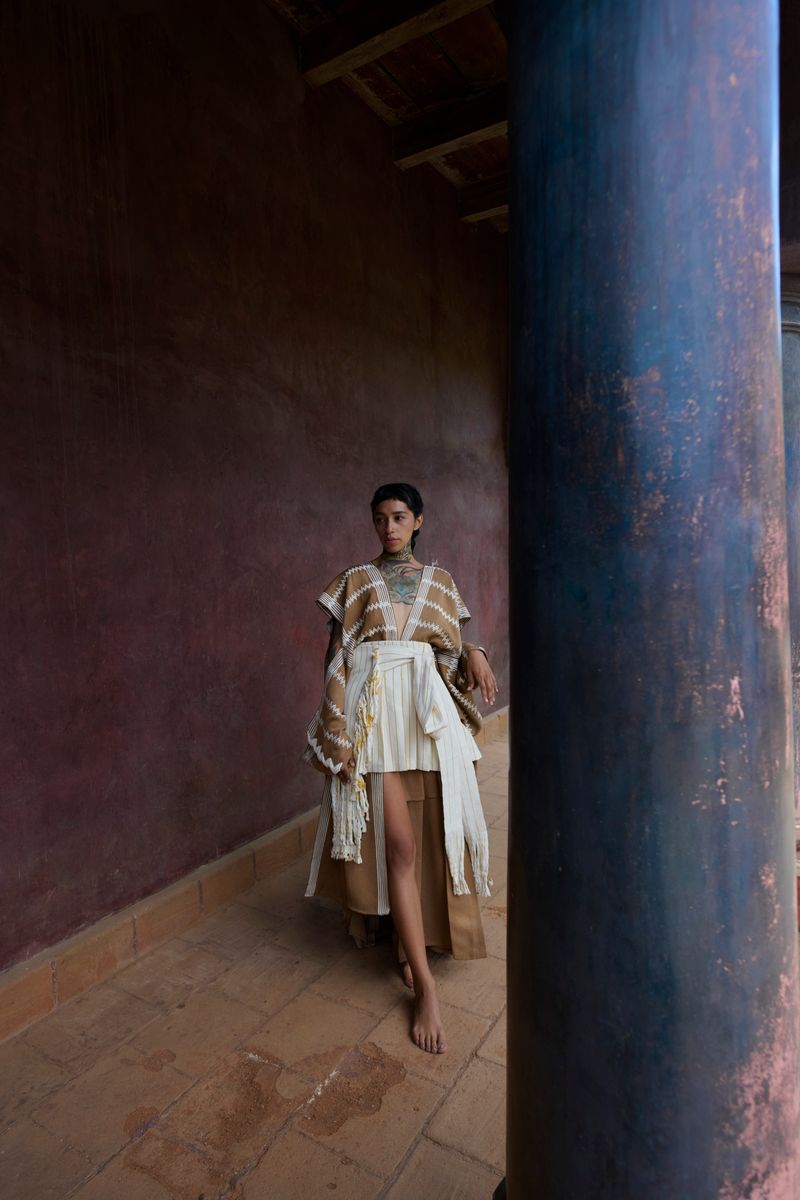COLECTIVA NUDO 6 DE 6
-
Dates2025 - Ongoing
-
Author
- Location San Cristóbal de las Casas, Mexico
In April 2025, I traveled to San Cristóbal de las Casas as the photographer for Colectiva Nudo 6/6, a project made up of over 750 Indigenous women from Chiapas and Yucatán. I documented textile pieces created and designed by these gifted mayan artisans.
In April 2025, I traveled from Mexico City to San Cristóbal de las Casas, Chiapas. I was invited as a photographer for a deeply meaningful project—one of the most enriching experiences in over fifteen years of my career.
This project gave me the opportunity to collaborate with a collective that brings together the work of already-established groups: initiatives led by women from Indigenous communities, with the goal of giving visibility to their projects and strengthening their presence in broader spaces.
Colectiva Nudo 6/6 is made up of more than 750 Indigenous mayan women from across Mexico. Their work focuses on preserving ancestral textile techniques and merging them with contemporary design. Through this dialogue between tradition and innovation, they aim to create long-term economic impact, promote sustainable development, and reinforce cultural identity within their communities. The heart of Nudo 6/6 beats through the hands of the artisans who make up this collective from different regions of Chiapas and Yucatán.
The pieces presented here were designed and handcrafted by women from Indigenous communities—honorable members of the collective and founders of their own social enterprises. In this context, fashion becomes an act of memory, dignity, and sustainability—a source of inspiration for everyone.
Colectiva Nudo 6/6 promotes a horizontal and fair participation model, avoiding intermediaries that limit these women’s direct access to a more equitable and global economy. A fundamental aspect of the project is that the leaders are the artisans themselves. By sharing the knowledge they’ve inherited or acquired along their paths, they create a blend of textile wisdom I had never seen before.
One of the most valuable aspects of this project is that the artisans were not only responsible for the technical execution—such as weaving, embroidery, sewing, pleating—but also actively participated in the design of some of the garments. This has deep meaning for me: they are not only applying their ancestral knowledge with mastery, but also contributing a clear and intentional vision of what they want to express through each piece. It was a true exercise in creative authorship.
Some of the pieces we photographed were not included in this photographic selection due to the limited number of images I could submit. However, many more exist—just as beautiful and powerful—with their proper credits.
One of the most rewarding parts of this project was being able to act as a loudspeaker, or a creative tool, for what the creators wanted to communicate through the images. We worked together covering a fashion shoot with three Mexican models picked by the artisans , and also portrait session of the leading female creators of this project. While I normally take full creative direction on my photographic work, this time I focused on interpreting what I felt these women wanted to see in their photos. It was a deeply satisfying process of listening and collaboration.
The images were taken in both digital and 35mm analog formats. Each technical sheet indicates which technique was used for each image.
The selection of models in the fashion shoot was also important. We worked with three Mexican women: Carrie Blom, a trans woman from Tuxtla Gutiérrez, Chiapas; Alondra Morga, also from the Chiapas capital; and Tania Salazar, from Monterrey.
A couple of weeks after our shoot took place, some artisans from the collective traveled in person to Vancouver Fashion Week to present their pieces. They were accompanied by these photographs and a production team that brought each garment to life on the runway. At the end of the show, it was the artisans themselves who stepped out to receive the applause.
As a woman and as a photographer, it was deeply moving to witness how genuine alliances can lift us and push us forward. Colectiva Nudo 6/6 is a project that moves away from competition between existing teams and instead invites collaboration that magnifies the strength each woman already carries within.
The following brands are founded and directed by the artisans themselves, they all fuse together in order to create Colectiva Nudo 6/6:
• Kip Tik
• Juxta
• Antalika’a
• Mariposa del Sur / Arte Sur
• Dos Tierras
Strategic partners of Colectiva Nudo 6/6 include:
• Guillermo Jester
• Handmade to Market
• IMPACTO NGO
At the conclusion of this project, we turned to one of the strongest partners of the collective: NGO Impacto, an organization dedicated to supporting women artisans by strengthening their tools, providing economic opportunities, and fostering independence and freedom.
Through this collaboration, I realized that the artisans were deeply interested in photography and in how we carried it out within the project—from the scouting process, to decisions about lighting, to the way I positioned the camera, and other technical aspects that caught their attention. On several occasions, they approached me to ask how I made these choices. This experience was very meaningful to me and became a turning point, leading me to propose to the director of the NGO, Karla Aguerrebere, the creation of a photography workshop for Indigenous women in different communities, using their cell phones as their main tool.
One of the most significant outcomes of this initiative was being able to bring these ideas to life through a free workshop with a group of 10 women. Over 10 days, we worked on themes such as self-representation, historical memory, light appreciation, and portraiture among ourselves, highlighting the importance of generating images from within their own communities and becoming part of history through their photographs. We also carried out a practical module on how to photograph textiles and products with their phones, enabling them to sell their work directly online without intermediaries. Finally, we replicated all of these exercises in their own communities, adapting them to the real resources they had available in their daily lives.
This workshop took place in August 2025 and proved to be deeply enriching both for the artisans and for myself. My intention is to continue offering these workshops at least twice a year, in different locations and with varying levels of depth, in order to share photographic knowledge and contribute to the democratization of visual media for Indigenous women. Without a doubt, it has been one of the most meaningful experiences of my career, made possible thanks to this photographic project.
